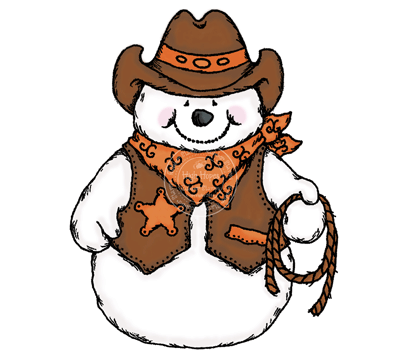#1824 Postby Texas Snowman » Fri Jan 06, 2012 12:47 am
(Part III)
TPWD coastal fisheries biologists began counting dead fish, using sampling techniques they had developed as part of standardized fish population research the agency had begun in 1975. At the time it was the most avant-garde fisheries work in the nation.
The tally was breathtaking. TPWD estimated the freeze killed more than 20 million coastal finfish. The number of invertebrate marine life -- shrimp, crab, etc. -- lost was estimated at more than one-billion organisms.
Not since 1952 had Texas seen such a widespread and devastating freeze-caused fish kill.
In 1952, Texas fisheries managers could do little to address the effects of such a crippling blow to coastal fisheries. Coastal fisheries were relatively lightly utilized and the Texas Game, Fish and Oyster Commission (precursor to TPWD) was hamstrung by political realities of the day.
But 1983 was different.
Earlier that year, the Texas Legislature had passed the Uniform Wildlife Regulatory Act, a watershed piece of legislation that gave TPWD authority to set statewide fishing and hunting regulations.
(Prior to the law, counties could, and often did, set their own hunting and fishing regulations, even if in direct conflict with state regulations, blunting scientific management efforts.)
Also, improved science, a move toward proactive management of fisheries and a public becoming increasingly aware of pressure on coastal resources set the stage for what happened in the wake of the '83 freeze.
Almost immediately, the Texas Parks and Wildlife Commission moved to impose more conservative recreational and commercial fishing regulations.
Fisheries needed the protection.
Anglers needed no convincing of that. The bays were empty.
But TPWD used its sampling protocols to document the massive hole the freeze left in coastal fisheries.
"The freeze proved the value of our long-term monitoring programs,"
Hammerschmidt said. "We could document the state of the fisheries to justify management moves and track their effectiveness."
"That freeze was the thing that shaped our coastal fisheries management philosophy, and turned the focus on conservation," said Gene McCarty. "We began looking at the long-term, and being proactive instead of reactive. It was the direction we were heading, but the freeze accelerated things."
When the freeze hit, McCarty was working at the just-opened John Wilson Fish Hatchery near Corpus Christi, the first hatchery in the nation devoted to producing inshore marine fish for stocking into coastal waters.
The hatchery's focus was on redfish, a species that even before the freeze had been decimated by overfishing.
"Prior to the freeze, we were in the research and assessment mode, just getting our feet on the ground and stocking fish only in San Antonio and Espiritu Santo bays," McCarty said. "After the freeze, we immediately went statewide, stocking redfish in every bay on the coast."
"The freeze kicked our hatchery program into high gear," Hegen said. "We had been initially working just with redfish, but we started doing the first really serious research into raising trout because of the freeze."
Coastal fishing was horrible in 1984 and into '85. But the trout and redfish fisheries slowly improved, statewide.
Then, in 1989, two killer freezes -- in February and another at Christmas -- killed millions more coastal fish.
But the damage from those freezes totaled about half the casualties of the '83 freeze. TPWD imposed slightly tighter fishing regulations, worked on habitat and stocking. It helped that, in 1988, all netting had been banned from coastal waters, a move justified by TPWD's monitoring.
The coastal fishery recovered from those '89 freezes much quicker than in '83.
"That faster recovery is directly related to lessons we learned from the '83 freeze," Hammerschmidt said.
0 likes
The above post and any post by Texas Snowman is NOT an official forecast and should not be used as such. It is just the opinion of the poster and may or may not be backed by sound meteorological data. It is NOT endorsed by any professional institution including storm2k.org. For official information, please refer to NWS products.
 The posts in this forum are NOT official forecast and should not be used as such. They are just the opinion of the poster and may or may not be backed by sound meteorological data. They are NOT endorsed by any professional institution or
The posts in this forum are NOT official forecast and should not be used as such. They are just the opinion of the poster and may or may not be backed by sound meteorological data. They are NOT endorsed by any professional institution or 












